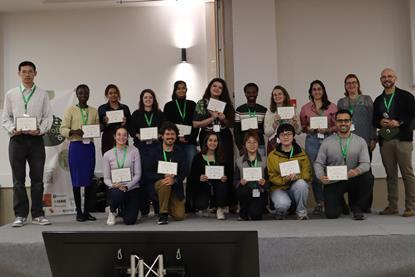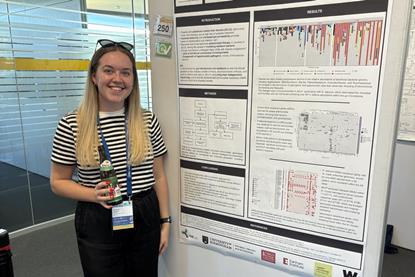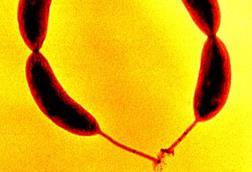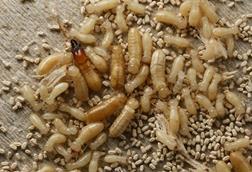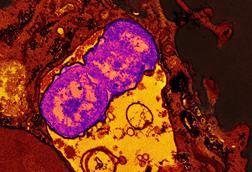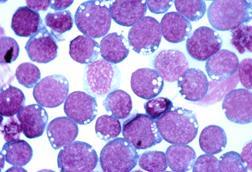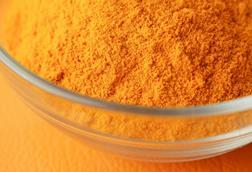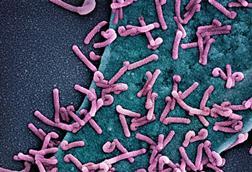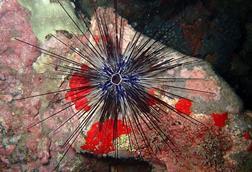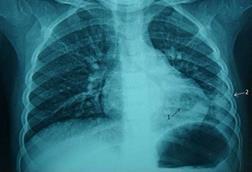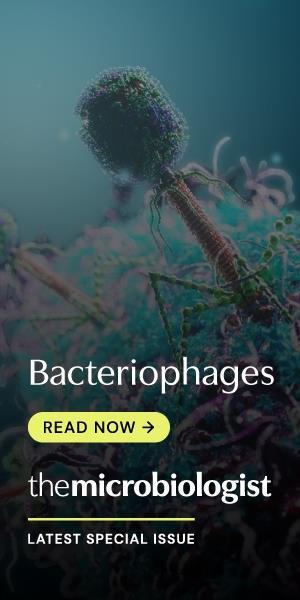Applied Microbiology International
The Microbiologist showcases the work that Applied Microbiology International does in applying the diverse experience of global, interdisciplinary experts to solve global challenges.
AMI News
Summer studentship: Lucy creates a synthetic microbiome to study mosquito-borne diseases at different life stages
Lucy Ella Malvern reports back on her AMI-sponsored summer studentship which investigated microbiome assembly in mosquitoes across developmental stages.
Fascinating exchange of ideas at 6th Plant Microbiome Symposium - and new collaborations are already starting
Last month Applied Microbiology International supported the 6th Plant Microbiome Symposium in Antequera, Spain, funding 17 travel grants for early career researchers to attend. Organiser Dr Victor Jose Carrion Bravo reports back on a vibrant exchange of ideas.
AMR in aquatic ecosystems: A One Health investigation in an irrigation dam in Thailand
Dr Kwanrawee Joy Sirikanchana outlines how her team has launched a major project to address an overlooked question: How much does aquaculture contribute to AMR in shared water systems, and what does this mean for people, animals, and wildlife living around them?
The Future is Fungi 2025: award-winner Michroma’s mission to harness fungi for clean food dyes and flavors
Winner of The Future is Fungi Award 2025, US and Argentina-based foodtech startup Michroma is replacing petrochemical coloring with fungibased natural ingredients, launching one of the world’s leading sustainable platforms for food flavors and colors. Here’s its story.
Horizon Awards 2025: Max Fisher named as individual winner of Dorothy Jones Award
Max Fisher, a leading Disability & LGBTQIA+ Advocate, and Senior Research Associate at ViaNautis Bio, has been named as individual winner of the Dorothy Jones Diversity & Inclusion Achievement Award 2025.
Summer studentship: Oliver probes AMR in neonatal sepsis - and use of novel bacterial screening methods.
Oliver Spiller-Boulter, from Cardiff, reports back on his AMI-sponsored summer studentship which examined antimicrobial resistance (AMR) in neonatal sepsis and the use of novel bacterial screening methods.
Under The Lens: Callum Cooper explores how bacteriophages could revolutionise medicine - and how we get to that point
In a compelling new video interview from Applied Microbiology International’s ‘Under the Lens’ series, Dr. Callum Cooper shares fascinating insights into one of medicine’s most promising frontiers: phage therapy.
Scientific Event Travel Grant: Hannah returns with renewed motivation and new ideas
Dr Hannah Trivett, University of Birmingham, reports back from EMBL Human Microbiome Conference held in Heidelberg, Germany, where she presented her research with the support of AMI’s Scientific Event Travel Grant.
US- & Argentina startup Michroma wins €250k investment with The Future is Fungi Award 2025
A new frontier in biotechnology just crowned its next pioneer. Out of 187 groundbreaking startups from 59 countries, Michroma wins the The Future is Fungi Award 2025, taking home €250,000 / USD 289 000 in investment.
My journey with Life Cycle Assessment
Read Maria’s experience of participating in a course on Life Cycle Assessment (LCA): Quantifying Environmental Impacts.


